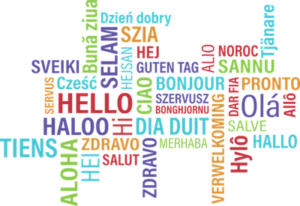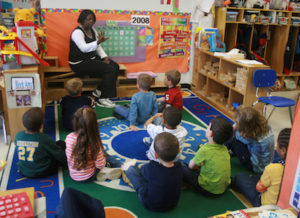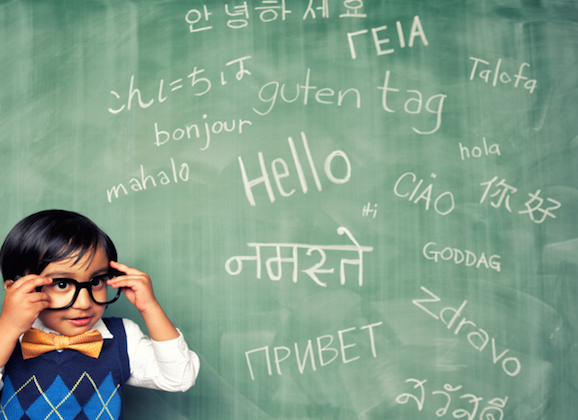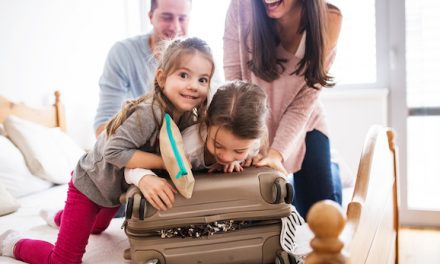 I was very fortunate to study in Europe at 15 years old. I remember feeling embarrassed that I was not bilingual, compared to other students in our foreign study league.
I was very fortunate to study in Europe at 15 years old. I remember feeling embarrassed that I was not bilingual, compared to other students in our foreign study league.
I couldn’t understand why American students weren’t studying a second language until high school as oppose to during their early formative years.
We live in a melting pot yet we expect our society in America to only speak English. After researching this topic, I realized that it is vital to expose babies and preschool children to a second language.
Not only is being bilingual becoming desired in the workplace, knowing a second language is becoming essential, too.
A child is considered a simultaneous learner if by 3 years old they are learning two languages, according to Education.com.
One parent may speak a different language than English at home, or they may send their child to an early childhood program which offers a second language.
By 6 months old, babies can learn two languages at similar rates and do not show a preference for one language over the other. Research states that early exposure to a new language is a better time for the brain to assimilate new vocabularies, accents and grammar, according to Education.com.
What are the benefits for a baby or preschool age child learning a second language?
Children who are enrolled in second language classes are scoring higher on standardized testing, with higher reading, math, science and cognitive skills, according to the American Council on the Teaching of Foreign Languages.
For parents who are raising young children, take a moment and look into the research on brain development. You can help promote higher cognitive abilities in your child by having them learn a second language.
If you are monolingual, do not feel uncomfortable with sending your child to an early childhood program that will offer a second language. Your children may want to share or teach you this wonderful new language and get you involved in the classroom.


















This is so true! I wish I was bilingual. You are way more marketable in the job force if you are bilingual too and it is so helpful to learn it from a young age. Great work!